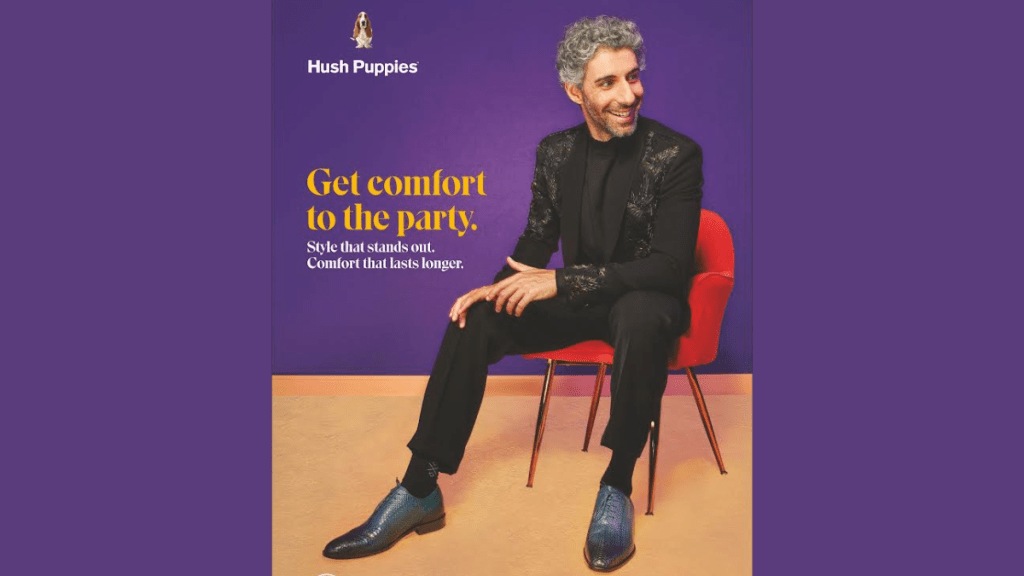India is the second-largest footwear producer in the world and is expected to produce almost three billion units by 2024 and generate revenue of $28 billion.
Riding the overall market growth is one thing. But can a mid-market brand, that is almost synonymous with the category, climb the price ladder without alienating its core consumers? In any case, is it possible for a mass brand to embrace “premiumisation” in an authentic way?
These questions do not seem to rattle Bata India, India’s largest shoe manufacturer and retailer. “Our single-minded focus has been to offer consumers stylish and comfortable shoes, global innovation, and the right price point,” says Badri Beriwal, chief strategy and business development officer, Bata India.
Besides being the most-recalled brand in the category, the Rs 3,478.61-crore company also has an enviable retail presence. It has more than 1,900 company-owned outlets and another 550 franchised ones. It says it will aggressively expand its footprint this year and improve same-store sales growth by focussing on its top six brands. In its last annual report, the company also said it will expand the presence of its successful Floatz brand — a casual slider rolled out in 2021 and the fastest brand under Bata to cross the Rs 100-crore sales mark — and leverage the momentum from the successful launch of its Power apparel.
“At this point, the aim is to offer a premium experience to consumers across every touch point,” says Beriwal. That’s probably the way to go after nine decades in the country. What’s interesting is that across categories, consumers are showing an increased preference for premium experiences across all aspects of a brand’s identity — from branding and customer touch points to communication and after-services.
So what will it take? Chandra Manii, founder of Useful Garbage Creations, says, “A premium brand is one that strikes the right balance between comfort, style, and value. While Bata might not be traditionally associated with luxury or high-end pricing, it stands out for its reliability, offering durable and stylish footwear that rivals premium competitors. Some designs align closely with higher-end brands, in terms of aesthetics and pricing, making Bata a solid contender for those seeking quality without the exorbitant price tag.”
Having said that, a stronger accent on its higher-priced offerings and a bit of retail swag can help Bata give its premium rivals a good run for their money. “From a brand architecture perspective, Bata needs a strong strategy to drive the premium brands in its portfolio like Hush Puppies and North Star,” says Nisha Sampath, brand consultant & managing partner, Bright Angles Consulting.
In recent years, Bata has taken great pains to revamp its portfolio with more fashion-forward styles under the Red Label and Paris Collection, while investing in marketing campaigns featuring celebrities like Kriti Sanon to appeal to younger audiences. Just last week, it launched its PartyReady Collection under the Hush Puppies brand with a supporting campaign featuring actor Jim Sarbh who’s got a good social media following for his casual chic style. Offering shoes for both men and women, the range starts at Rs 3,999. Bata India currently has around 130 EBOs for Hush Puppies.
Bata also needs to up the sneaker game as sneakers are a major image driver. They are bought on design and style, where incumbents can take a lesson or two from new-age D2C brands like Neemans that offer similar or lower-priced products with competitive aesthetics.
To give it to Bata, it has doubled down on sports shoes and activewear with the relaunch of exclusive brand outlets for Power this quarter. The aim is to open 50-plus Power EBOs by the end of 2025.
These efforts are part of Bata’s strategy to modernise its image and offer products that align with global fashion trends, says Robin Thomas, lead, strategic partnerships & growth, White Rivers Media. In the absence of much product differentiation, the clincher would be the service at the retail front, say analysts. “While Bata has improved this aspect a lot of late, it lags way behind chains like Metro,” opines Sampath.
To get over the perception hurdle at the retail end, some years back Bata introduced a commission system for its retail staff so they can “earn as much as their month’s salary if they meet certain targets”. While that has helped improve the “speed of service” at the retail end, Beriwal admits there is much work still to be done.


